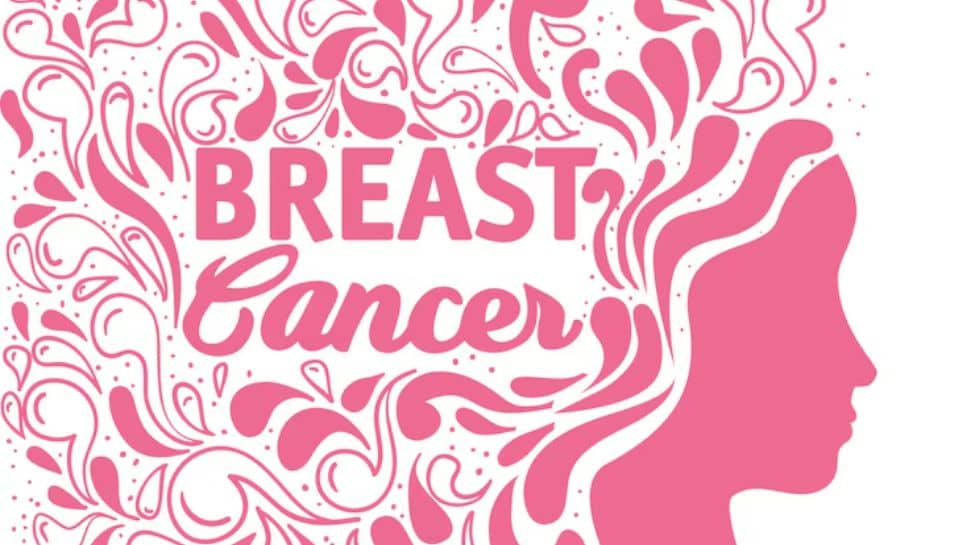Doctors Shed Light On How Standard Mammograms May Miss Breast Cancer In Women With Dense Tissue | Health News

Breast cancer is on the rise and poses a significant health concern. It is the most common cancer in India. Early detection is crucial for successful treatment. Mammogram is one such time-tested, simple, cost-effective, and worldwide acceptable modality for breast cancer screening.
Dr. Saket Mittal, Consultant- Breast Surgical Oncology, HCG Cancer Centre Indore shares how standard mammograms may miss breast cancer in women with dense tissue.
What is dense Breast?
Dense breast tissue refers to the composition of breast tissue, which includes milk glands, milk ducts, and supportive tissue. Dense breast tissue is often inherited and can also be influenced by age and body mass index.
Breast density is categorized into four levels:
A. Almost entirely fatty: Little to no dense tissue
B. Scattered areas of fibroglandular density: Some dense tissue, but mostly fatty
C. Heterogeneously dense: Mostly dense tissue with some fatty areas
D. Extremely dense: Nearly all dense tissue
Women with category C and D are considered to have dense breasts, which affects about half of the women undergoing screening mammograms.
Now let’s dive into the challenges of Mammograms!
On a mammogram, both dense tissue and cancerous tumors appear white, making it incredibly challenging to distinguish between the two. “Imagine trying to find a snowflake in a snowstorm”.
Women with dense breasts have a higher risk of breast cancer being missed on a mammogram (false negative), and abnormal mammogram results can also lead to unnecessary biopsies in otherwise normal breasts (false positive).
What are the screening options for dense breasts?
• 3D Mammogram (Breast Tomosynthesis): Provides a more detailed, three-dimensional view of the breast tissue.
• Breast MRI: Uses magnetic fields and radio waves to create detailed images of breast tissue.
• Breast Ultrasound: Uses sound waves to distinguish between solid masses and fluid-filled cysts.
• Molecular Breast Imaging (MBI): Uses a radioactive tracer to highlight potential cancerous areas.
• Contrast-Enhanced Digital Mammogram: Uses contrast material to highlight areas of concern.






